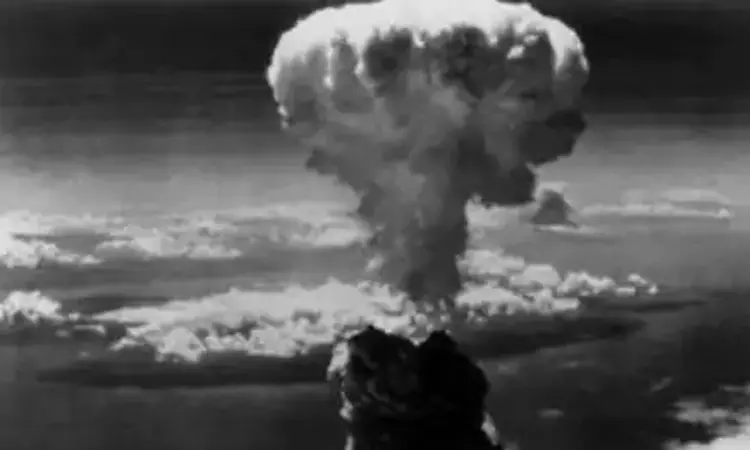Stop worrying about the bomb?

Representative Image
WASHINGTON: In the backdrop of the 78th anniversary of the atomic bombing of Hiroshima, it is pertinent to ponder over the clear and present threat of nuclear annihilation. Over two lakh people lost their lives in the immediate aftermath of the US attack on Hiroshima and the subsequent bombing of Nagasaki. Millions have suffered long-lasting repercussions of exposure to nuclear radiation, which has resulted in mutations in humans and animals, and damage to natural resources such as soil and water in the two Japanese cities. The impact is frightening enough to deter any nation from using such weapons in the future.
Within the cultural context, writers and filmmakers have relied on the bombings to interpret the fallout of a catastrophe on Earth that could be set into motion by nuclear weapons. The recent Hollywood biopic Oppenheimer seemed to reignite some curiosity regarding the persona of the man referred to as the Father of the Bomb. Released alongside Barbie, a diametrically opposite feature, Oppie made a killing at the BO. The global cultural phenomenon inspired the internet meme #Barbenheimer, prompting audiences to wear shades of pink to the movie about the Bomb, and others to sport black suits to a candy floss satire.
Many viewers went overboard, missing the point of the reference to the Bhagavad Gita in the film where Oppenheimer reads from the scripture: Now, I am become death, the destroyer of worlds. It’s now become a part of pop-cultural lore with Barbenheimer-themed t-shirts celebrating the films. But not everybody gets the joke, especially Japan, which firsthand paid the price of human ingenuity, and its never-ending quest for a weapon of self-destruction.
Netizens in Tokyo countered America’s insensitivity with memes involving 911. One meme featured an image of the burning twin towers, juxtaposed against an image of Barbie, perched on Osama bin Laden’s shoulder. Vitriol aside, the release of Oppenheimer is an excuse to revisit Isao Takahata’s Grave of the Fireflies (1988), a poignant, animated meditation on the cost of war. Or Alain Resnais’s Hiroshima, mon Amour (1959), a vanguard accomplishment of the French Nouvelle Vague (New Wave). The post-War film is set in the ill-fated Japanese city and revolves around a short-lived romance between a Japanese man and a French actress. She, in a meta-flourish, arrives in Hiroshima to shoot an anti-war film, and the conversations of the lovers are intertwined with their thoughts about the devastation wrecked on the two cities.
So what really was the takeaway of Oppenheimer which swept aside the Japanese side of the story? The spectacle might have overshadowed the intent, but when hasn’t it in Hollywood? Today, world leaders like Vladimir Putin and Kim Jong Un have warned enemies in the West about their burgeoning nuclear arsenal. The truth is seemingly turning stranger than fiction day after day.
For evidence, look no further than Stanley Kubrick’s prescient 1964 black comedy — Dr. Strangelove or: How I Learned to Stop Worrying and Love the Bomb. The film features a Doomsday Machine, a fictitious nuclear deterrent created by the Soviet Union, set to auto-detonate should any nuclear weapon strike the country (read the US). The absurdity of nuclear ‘deterrence’ comes forth in a gut-busting line of dialogue delivered by President Merkin Muffley (Peter Sellers), who asks, “How is it possible for this thing to be triggered automatically and at the same time impossible to untrigger?”



